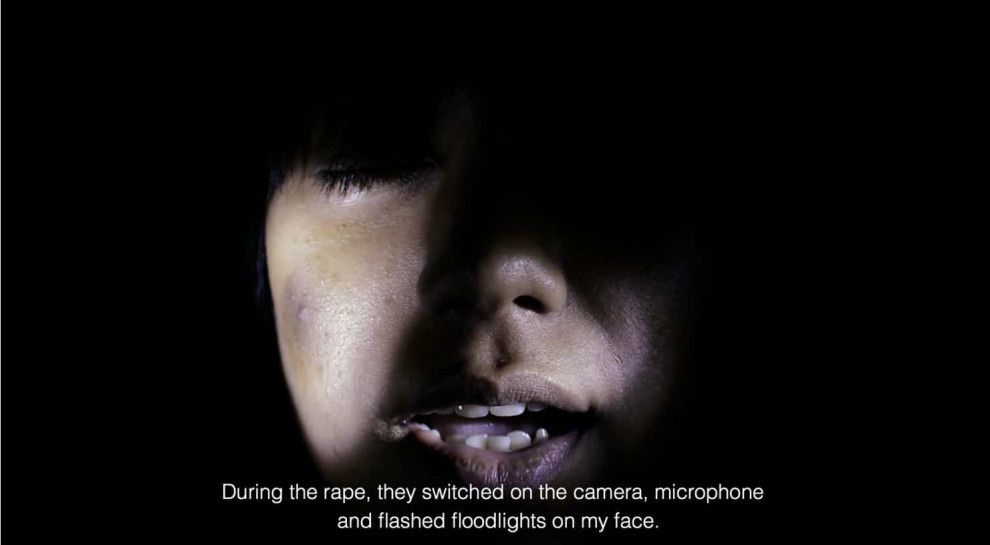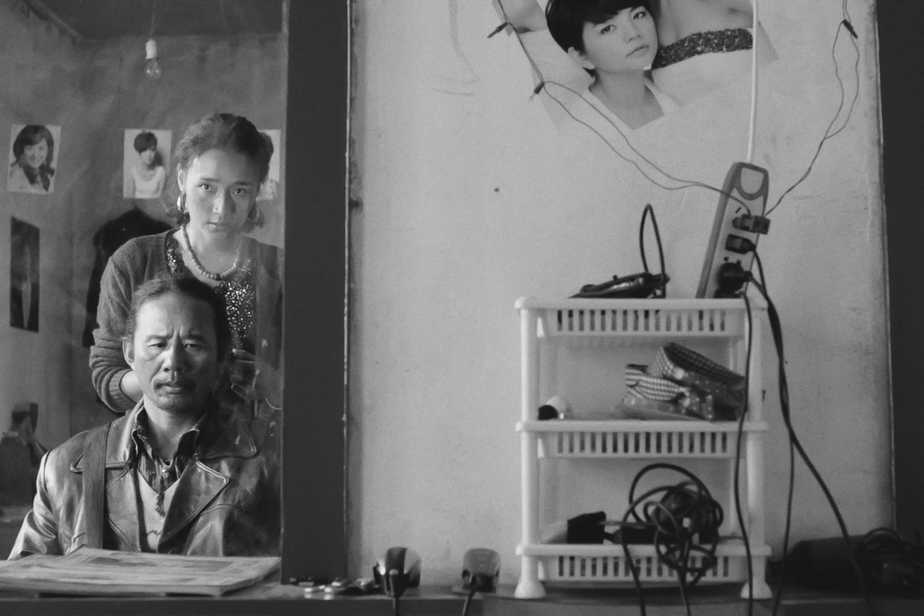(From Wikipedia) The Kathua rape case refers to the abduction, rape, and murder of an 8-year-old girl, Asifa Bano, in Rasana village near Kathua in Jammu and Kashmir, India, in January 2018. A chargesheet for the case was filed, the accused were arrested and the trial began in Kathua on 16 April 2018.The victim belonged to the nomad Bakarwal community. She disappeared for a week before her body was discovered by the villagers a kilometer away from the village.The incident made national news when charges were filed against eight men in April 2018. The arrests of the accused led to protests by the Panthers Party, along with other local groups. One of the protests, in support of the accused, was attended by two ministers from the Bharatiya Janata Party, both of whom later resigned. The rape and murder, as well as the support the accused received, sparked widespread outrage.On 10 June 2019, six of the seven defendants were convicted and one acquitted. Three of those convicted were sentenced to life in prison and three to five years. In October 2019, court ordered a First Information Report (FIR) against 6 members of the Special Investigation Team (SIT), which probed the case, for allegedly torturing and coercing witnesses to give false statements.
Inspired, or rather disgusted by the events, Sayantan Dutta directs a rather experimental 30-minute short that deals with the events and the social/cultural context of the country that leads to such actions, through an abstract, stage-like approach that has the narrative split into segments.
After an introduction that explains the events, focusing on the fact that rape and prayer happened at the same time, in a rather pointy remark about the way some people perceive religion, the next scene presents what happens in the set just before the shooting begins.
The next segment includes only sound, starting with the national anthem rather ironically, and then combining sounds of prayer and rape, just as the director mentioned just before. The next vignettes take place in a kind of void, where no background is visible and the actors talk, not always to each other or someone specifically. One of the most visually impressive of the ten parts is the one where two women stand face to face while a number of dead bodies wrapped in white sheets are laying in their feet, with the same applying to the one where two women talk, while one is wrapped with a white sheet filled with blood. The fact that Asifa Bano is a symbol for all Indian women becomes evident here, with both actresses playing supposed instances of her, as a daughter, and as a mother.
Another segment has one actress talking directly to the director, trying to explain what happened to her during the week, and he not allowing her to do so, while denying the fact that he is shooting a movie, in a metaphor that could have Dutta mirroring all the people deaf to what is happening to women in India. The fact that the woman repeatedly states that she hates the nation makes an even more eloquent comment, that continues to the next segment which shows military parades, stating that the men who participate, carry the violence inside them even after the war has ended.
The last part takes place in an actual location, with the two protagonists making the aforementioned messages even more direct through their speeches, while Dutta does not shy away from mentioning the names of the rapists, except for the juvenile's one, whose participation adds another level of shock to the story.
Dutta's approach may be experimental, but his comments and his opinion about this continuous situation in India is by no means cryptic, but rather eloquent, even if the viewer needs to think a bit before realizing what the film is talking about in each segment. The excellent cinematography and the work done in the sound department help immensely in that regard, as particularly the sound is a very significant part of the narrative, from beginning to end, especially in communicating the director's anger and frustration.
The abstractness that permeates the narrative also extends to the performances, with Labanya Dey and Srabasti Ghosh giving performances that seem unusual, but actually, are on perfect resonance with the overall aesthetics of the short.
“…after Asifa” is not an easy film to watch, both regarding its theme and its approach. However, it is artful, eloquent, and manages to communicate Dutta's harsh but utterly justified comments in a way that is excellent both cinematically and contextually.
















In per capita rapes, India stands at 1.81 while USA at 27.31 and Britain 27.29
– as per the data of 2010
I’m not telling that India is the best country because the rates happens to be low here, I’m just saying that this is an issue of every society, and we should equally bring all society offender, just creating stereotypes on one particular community, nationality, religion makes this all more of a political drama, and creates a matter of racism that Indians online and outside face from outsiders.